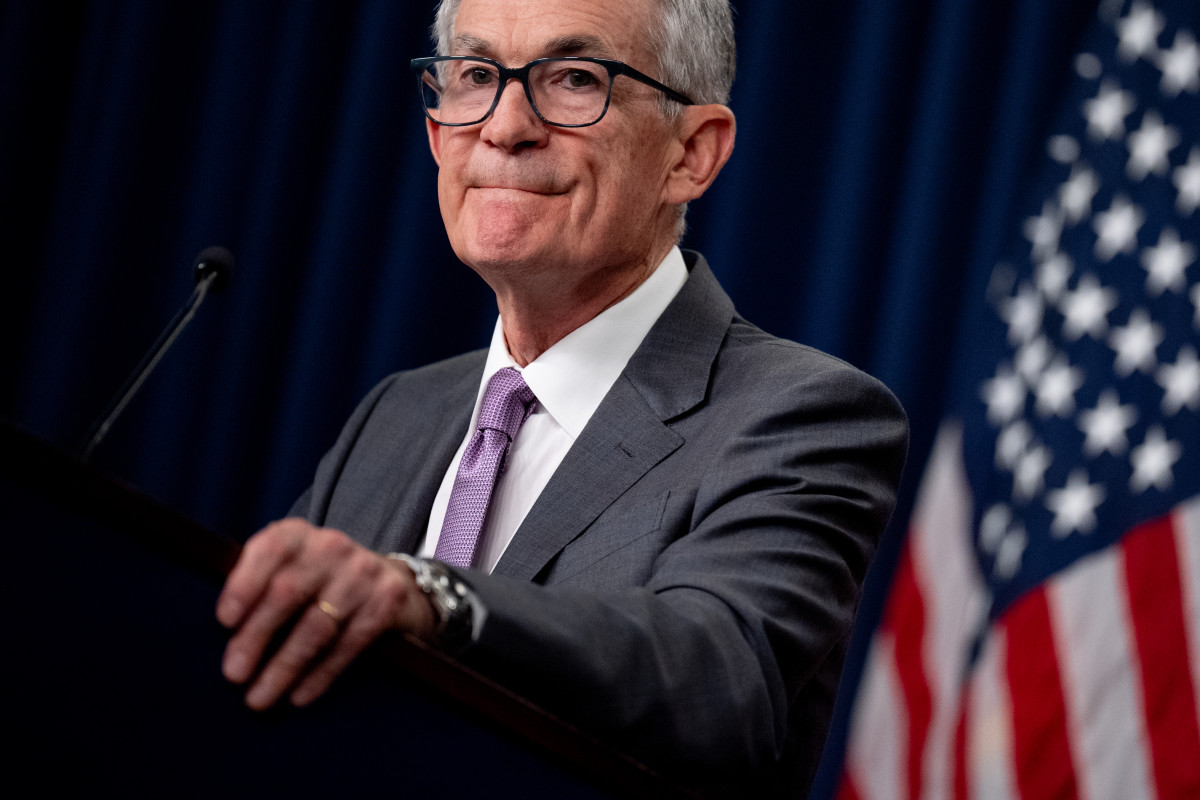
Dude, make up your mind already.
Shakespeare's Hamlet is renowned for his extreme reluctance to make a decision. He dithers about whether to avenge his father's murder or continue living.
Related: Fed official's latest words reignite interest-rate cut debate
Sure, he finally declares, “This is I, Hamlet the Dane!” in Act 5, but he does an awful lot of pondering along the way.
It's a long way from Denmark to Wall Street, but veteran trader Maleeha Bengali sees a bit of the Melancholy Dane in the Federal Reserve's recent actions.
💰💸 Don’t miss the move: SIGN UP for TheStreet’s FREE Daily newsletter 💰💸
"2024 has been a year of constant Federal Reserve flip-flopping, to cut or not to cut," she said. "Perhaps Shakespeare needs a rewrite."
On Sept. 18, the Federal Reserve announced a 50-basis-point (bps) interest-rate cut, the first cut in four years.
"Recent indicators suggest that economic activity has continued to expand at a solid pace," the Central Bank said in a statement.
"Job gains have slowed, and the unemployment rate has moved up but remains low. Inflation has made further progress toward the Committee's 2% objective but remains somewhat elevated," the Fed added.

Fed chair sees more rate cuts coming
The Fed, which has a 2% inflation target, is seeking a soft landing, which means reducing inflation without sparking an economic downturn.
Goldman Sachs said on Oct. 16 that it expects the Fed to deliver consecutive 25-basis-point interest rate cuts from November 2024 through June 2025 to a terminal rate range of 3.25-3.5%, Reuters reported.
Related: Federal Reserve officials offer hints on what's next for interest rates
Several Fed officials have been offering hints in speeches on what's ahead.
Fed Chair Jerome Powell told the National Association for Business Economics that he saw two more rate cuts in 2024 — 0.25 percentage point at meetings in November and December, as the economy is in good shape and bigger cuts did not appear to be warranted.
Raphael Bostic, president of the Atlanta Federal Reserve Bank, said that if job growth shows signs of slowing more than expected, he sees rates coming down half a point in November.
Otherwise, he thinks quarter-point cuts are appropriate in a campaign that would bring the Federal Funds Rate down to 3% to 3.25% by the end of 2025.
Bengali noted that as the data and seasonality ensued, the bond markets moved accordingly, and the Fed — being data dependent — "seems to be on the back foot each time, chasing the narrative in the bond market."
"We came into this year expecting 150 BPS of cuts to then move to none as the economy performed very well in the first half," she said. "Then, as the summer progressed, the bond market picked up on the massive slowdown in manufacturing once again and all the recessionary indicators, pricing in about 200 BPS of cuts in one year."
"This caused the Fed to panic in October, a month before the U.S. presidential election, whereby they would be damned if they cut and damned if they did not," Bengali said.
Veteran trader sees political pressure on Fed
U.S. retail sales powered higher in September, increasing concern that the hot domestic economy will produce renewed inflation pressures.
Headline sales rose 0.4% last month to a collective tally of $714.4 billion, stronger than economists' consensus forecast of a 0.3% gain and the unrevised August estimate of a 0.1% increase.
More Economic Analysis:
- Goldman Sachs analyst overhauls S&P 500 targets for 2024, 2025
- PCE Inflation report resets bets on another big Fed rate cut
- Why stocks are soaring and the rally has room to run
"This was the biggest positive September seasonal adjustment in history," Bengali said. "Whether it has something to do with the elections is contentious, but taking the data at face value, it shows that the U.S. consumer is still holding on, even though inflation-adjusted numbers are lower year over year."
While the Fed continues to insist that they are apolitical, Bengali said that given "the pressure from Nancy Pelosi and others insinuating aggressive cuts were needed, it seems the Fed bent to their will, or just really did not want to have the market collapse on their watch before the election."
"They keep saying 'more work needs to be done,' and so they need to be vigilant and stay the course, so why cut more?" she asked.
As the dollar rallies and the bond market prices out these cuts, Bengali said that it will only be a matter of time "until the equity market wakes up and realizes that perhaps they need to use a much higher permanent cost of capital."
"The days of negative interest rates are perhaps gone forever, one for the history books or a bedtime story to read to our grandkids of the good ol' days of free money," she added.
Related: Veteran fund manager sees world of pain coming for stocks







